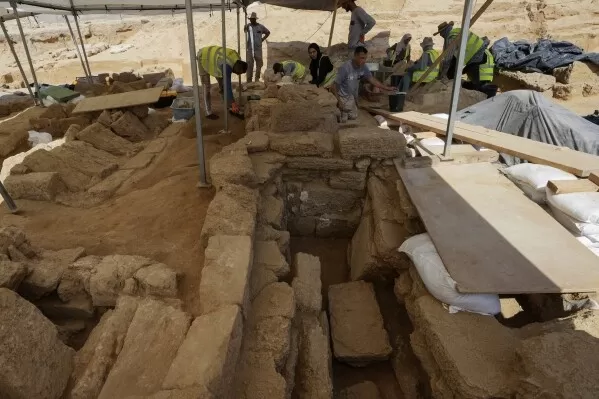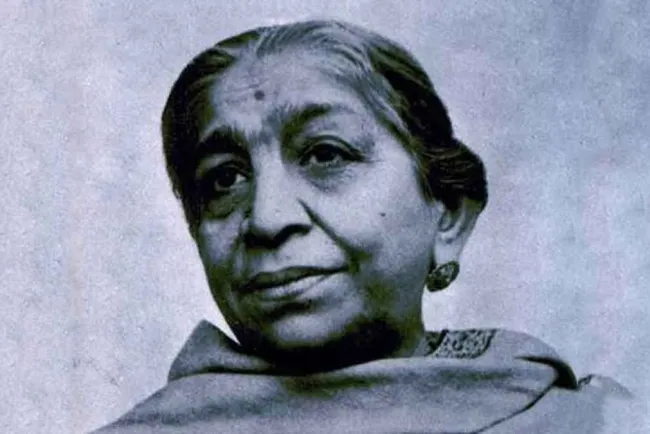Ancient Roman Cemetery in Gaza Yields 125 Tombs and Rare Sarcophaguses A Remarkable Archaeological Discovery
A team of archaeologists working in Gaza has uncovered a 2,000-year-old Roman cemetery, revealing at least 125 tombs along with two rare lead sarcophaguses, according to the Palestinian Ministry of Antiquities. The discovery is considered one of the most significant in the region, shedding light on the area's rich historical past.

Unveiling the Burial Site
The cemetery, first discovered in 2022 by a crew working on an Egyptian-funded housing project, has been under excavation with the help of French archaeological experts. The lead sarcophaguses, which are the first of their kind to be found in Gaza, exhibit intricate decorative elements:
- One sarcophagus is adorned with grapevine leaf motifs, a common symbol in Roman funerary art.
- The second features dolphin engravings, possibly linked to Roman mythology or maritime significance.
According to Fadel Al-Aul, an expert at the French School of Biblical and Archaeological Research, the discovery of 125 tombs in a single site is unprecedented for Palestine.
Artifacts and Preservation Efforts
The excavation has also uncovered clay jars inside some of the graves, hinting at burial traditions and daily life in ancient Roman Gaza. However, due to previous lack of funding, some earlier finds were reburied for preservation. Now, with support from French aid agencies, efforts are being made to fully excavate and document the site.
Gaza's Historical Significance
Gaza was historically an important trade hub, with influences from:
- Ancient Egyptians
- Philistines (mentioned in the Bible)
- Romans
Jamal Abu Raa, General Director of Gaza’s Antiquities Ministry, called the discovery unprecedented, emphasizing how it highlights the deep historical roots of Palestine, dating back thousands of years.
Future of the Site
While excavation continues, archaeologists stress the need for additional funding to ensure the preservation of these invaluable artifacts. Without adequate resources, Gaza’s ancient heritage risks being lost to time.
This discovery not only provides insights into Roman burial customs but also reinforces the region's historical and cultural significance.
What's Your Reaction?

















